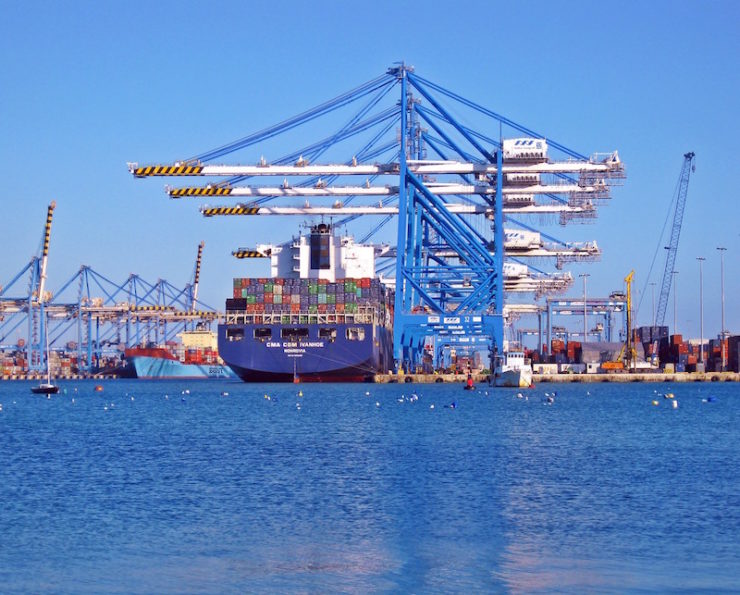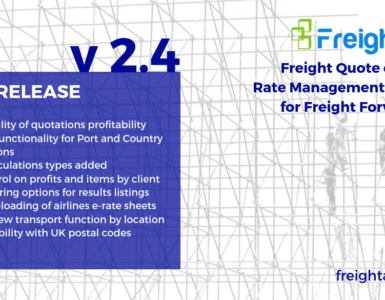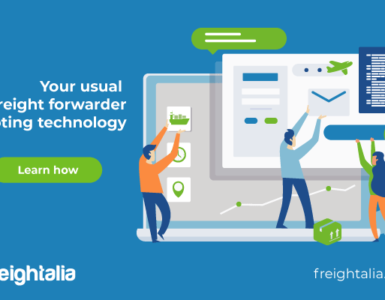Ports and the industries that surround them must begin to modernize from today to respond to the needs of tomorrow. There are already developments and initiatives for turning current infrastructures and management to smart ports. But what is a smart port? In short, a smart port is one that takes full advantage of space, generates greater profits, saves natural resources, and takes advantage of the technology available for the logistics community.
Nowadays, ports face many challenges. Space is becoming scarce. There is a lot of fiscal pressure and traditional energy sources are no longer an option. Technology and digital innovation can greatly help create new port areas and make the most of the existing ones. Smart ports will overcome these challenges effectively. Only in this way can they respond to the needs of an increasingly global and demanding market.
Smart Ports Technology
Smart ports take advantage of the union of many different technologies. Nowadays there are already ports that use drones and other technological innovations in their daily activity. Making processes faster, efficient and less consuming is the key to the future of portuary areas. Connections are also an essential element of smart ports. The use of Internet of Things is only possible if we have LAN, WLAN, WAN, RFID, GPS and radio connections. In this way the electronic devices themselves are given orders and can carry out tasks by themselves.
The Port of Antwerp and its digital innovation
The port of Antwerp tries to become a smart port thanks to the use of the Internet of Things. Its digital innovation network seeks to improve infrastructures, the logistics processing and port traffic flows. It also aims to connect all the elements of the port through a network for sharing of data and information. Knowing the state of the goods or the direction they are going to take is essential to operate quickly and effectively.
Fully-automated container terminal at Long Beach
The smart ports of the future could look a lot like the Long Beach, California terminal. These facilities have managed to automate their operations completely. In addition, the gear used is completely zero emissions, replacing diesel with electricity and low emission fuels. All processes are controlled from a management center. From there it is possible to know at every moment which container is moving and where it is going. They can also control which device is going to move it, when and how. In this way it is possible to perform many more operations at the same time. And these savings can eliminate hundreds of truck trips and make the entire supply chain much more efficient.
The traditional ports focused on the goods, the ships and the traffic of all of them. But smart ports are beginning to be more and more about data gathering and management. Connecting the whole supply chain, from one end to another, with technological innovations will allow us to increase the efficiency of the ports while reducing the pressure on the environment. Talking about smart ports is really trying to establish approaches, systems and metrics with which to align the ports of the future.




